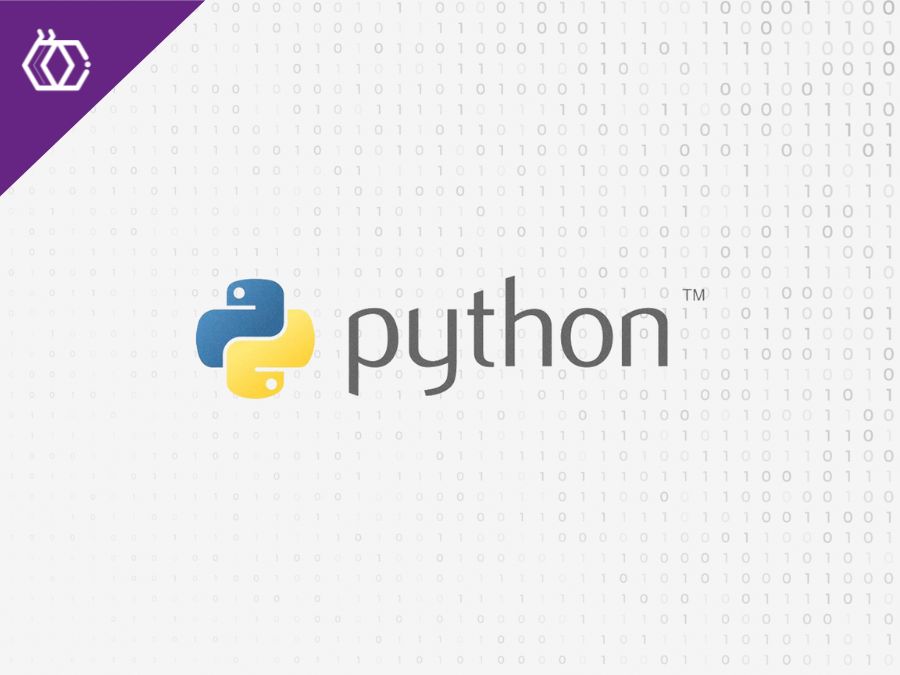

Typing in Python
(6 minutes of reading) Python is a versatile and high-level programming language. When it comes to typing, Python offers a unique approach that combines flexibility and security. Let's explore the fundamental concepts of typing in Python. DYNAMIC TYPING Unlike languages like Java and C++, Python is a dynamically typed language. This means that the type of a variable is determined at run time, not at compile time. Therefore, it is not necessary to declare the type of a variable when it is created. Example:


STRONG TYPING Despite being dynamic, Python's typing is strong. This means that the Python interpreter does not perform automatic conversions between incompatible types unless this conversion is logically defined (such as the implicit conversion from int to float). This avoids many subtle errors: Example:


UNION OF TYPES In the typing module, Union allows you to define variables or returns that can be of several different types. Other useful tools include Optional (to indicate that something can be None) and List, Dict, etc., for more specific types of collections. Example:


CUSTOM TYPES You can also define your own types using classes in Python, providing great flexibility for modeling specific solutions and data structures. Let's delve a little deeper into the concepts and aspects of typing in Python. DYNAMIC TYPING Python determines the type of a variable at assignment time, during execution. This provides great flexibility but can also lead to errors that are only detected at run time. For example, assigning a value to a variable previously defined with a different type is perfectly valid.


BASIC TYPES AND OPERATIONS Python comes with a set of built-in basic types. Some of the most common include: Integers (int): Supports common arithmetic operations like addition, subtraction, multiplication etc. Floating point (float): Represents real numbers and supports arithmetic operations. Strings (str): Character sequences. They support concatenation, slicing, and other operations. Lists (list): Ordered and mutable collection. Allows addition, removal, and access by index. Tuples (tuple): Like lists, but immutable. Dictionaries (dict): Collection of key-value pairs. Allow access, addition, and removal by key. TYPE NOTES Type annotations are just suggestions and impose no real restrictions:


However, external tools such as mypy can be used to check type conformance in code using these annotations. CUSTOM TYPES In Python, any class can act as a type. Therefore, when you create custom classes, you are effectively creating new types:


CONCLUSION Typing in Python offers a unique combination of flexibility and rigor, allowing developers to write fast, readable code while maintaining type safety. With type annotations, programmers can now add an additional layer of documentation and verification, further ensuring code robustness. Typing in Python provides a balanced approach between flexibility and security. While dynamic typing allows for rapid development and prototyping, type annotations offer a way to document and check code for potential typing-related errors. The combination of these features makes Python a powerful language, both for small scripts and complex systems.
Share this article on your social networks:
Rate this article:
[yasr_visitor_votes size=”medium”]



